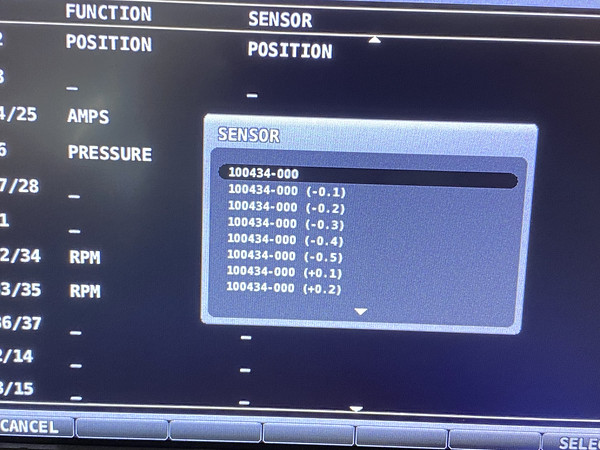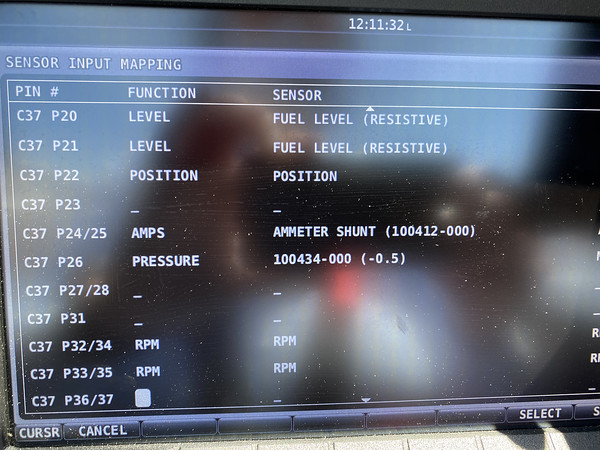As I've been working to break in my engine (the IO-390-EXP119 variant), I've been watching the Dynon EFIS' 'percent horsepower' widget and then comparing it to the performance chart for this engine in the 'Aircraft Power' iPad app and also the performance data chart from Lycoming Installation and Maintenance Manual for the IO-390-C series manual (the engine variant Lycoming tole me was closest proxy to the EXP119).
I've set up the Dynon with the correct engine information and I notice that my percent horsepower shown on the EFIS while in flight is about 4% higher than the performance chart suggests.
I'm wondering what others have experienced here.
As a follow up question, the Lycoming manual says to break in the engine above 65% cruise power or more (and I also am aware that we're supposed to run the engine a lot harder than this during break in) and the manual also says to stay below 8,000 feet density altitude because above that, the engine won't generate enough horsepower. Well, from my own empirical testing, I've found that (for example) at 8,500 density altitude, at 2660 RPM, I get 24.1" MAP and the EFIS shows 83% HP. Plug this into the Aircraft Power app and the chart data says I'm getting 173HP or 80.5% HP.
Am I understanding this incorrectly, or is the engine in fact producing plenty of % HP above the break in threshold even at this altitude? Or, is there some other reason Lycoming wants the engine operated below 8,000 during break in?
Thanks in advance!
I've set up the Dynon with the correct engine information and I notice that my percent horsepower shown on the EFIS while in flight is about 4% higher than the performance chart suggests.
I'm wondering what others have experienced here.
As a follow up question, the Lycoming manual says to break in the engine above 65% cruise power or more (and I also am aware that we're supposed to run the engine a lot harder than this during break in) and the manual also says to stay below 8,000 feet density altitude because above that, the engine won't generate enough horsepower. Well, from my own empirical testing, I've found that (for example) at 8,500 density altitude, at 2660 RPM, I get 24.1" MAP and the EFIS shows 83% HP. Plug this into the Aircraft Power app and the chart data says I'm getting 173HP or 80.5% HP.
Am I understanding this incorrectly, or is the engine in fact producing plenty of % HP above the break in threshold even at this altitude? Or, is there some other reason Lycoming wants the engine operated below 8,000 during break in?
Thanks in advance!







